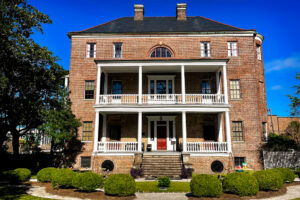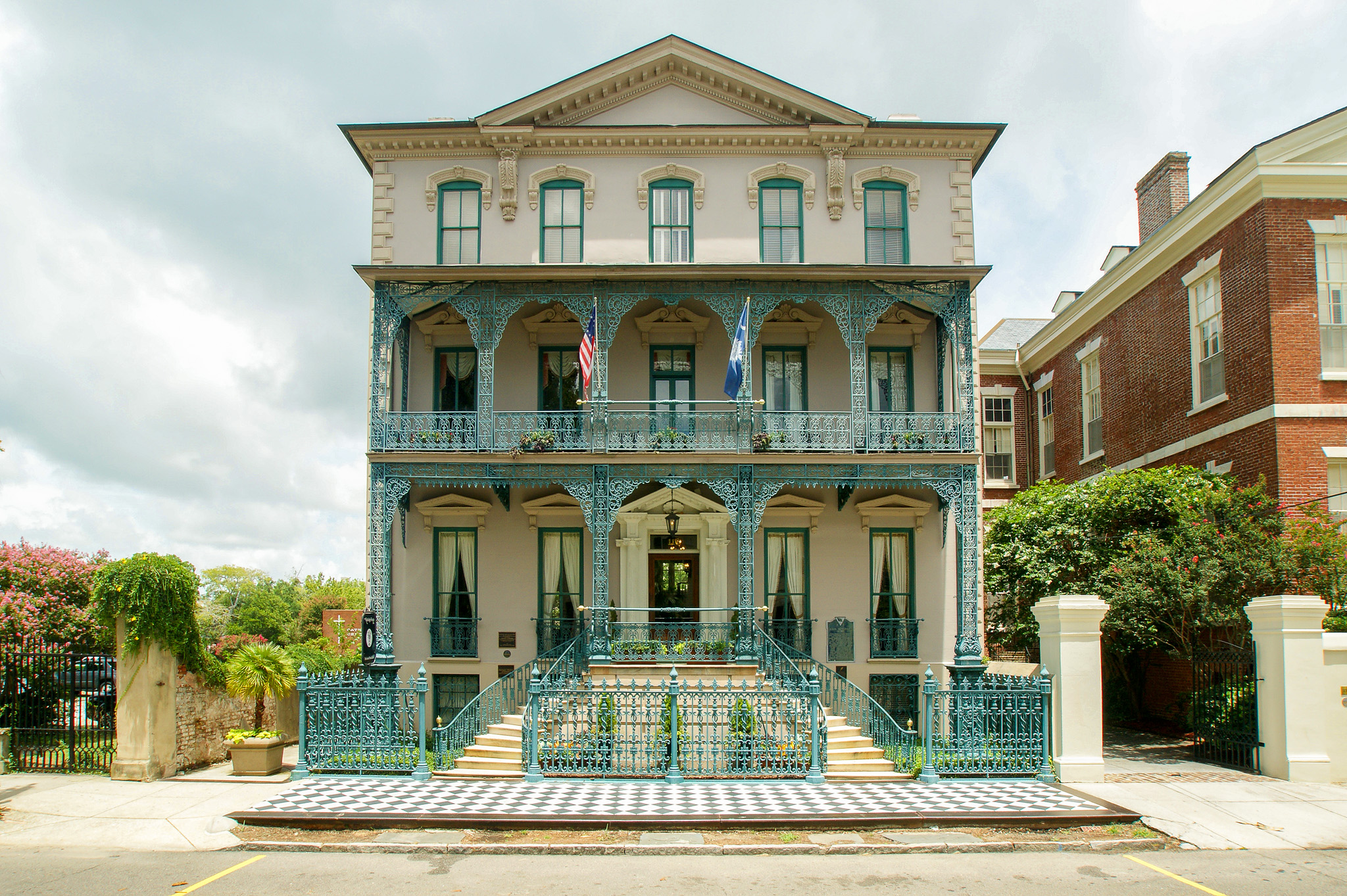Museum Mile Month
Every January in Charleston, locals and visitors can enjoy visiting a variety of participating sites along “Museum Mile” by purchasing one low-price ticket. For locals, it’s an opportunity to spend the entire month learning about Charleston’s history and culture at an affordable price. Adult tickets are $35 and children’s are $10.
Participating Museum Mile Attractions:
Aiken-Rhett House Museum

The Aiken-Rhett house was built in 1820 by John Robinson. It was enhanced by Governor and Mrs. William Aiken, Jr. in the 1830s and again in the 1850s. The Aiken family owned the home until 1975 when it was opened to the public as a museum.
The Charleston Museum
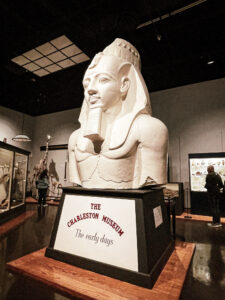
The Charleston Museum is hailed as “America’s First Museum,” as it was established by the Charleston Library Society on the eve of the American Revolution. The museum closed temporarily due to the Civil War but opened again shortly after. Today, the Museum contains the most comprehensive collection of South Carolina materials in the US.
Children’s Museum of the Lowcountry

Charleston’s children’s museum can keep little ones, from toddlers to age 10, occupied for hours. There are nine exhibits including a Creation Station where kids can make things out of recycled material and a Kids Garden where kids can play in seven different organic beds. Must be with a child (10 and under) to be admitted.
Joseph Manigault House
This home is a three-story brick structure built for wealthy rice planters and merchant families during the 18th Century on a raised brick foundation.
Museum at Market Hall
Market Hall was built in 1841 after the original building, occupied by a Masonic Hall, was destroyed by fire in 1838. It is a copy of the Temple of the Wingless Victory in Athens, Greece. Its original purpose was to be the “head building” or front entrance to the six blocks of roofed market space attached. This was a farmer’s market where fruits, meats, vegetables, and fish were sold.
The Powder Magazine
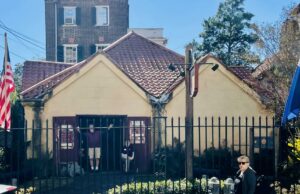
The Powder Magazine was built in 1713 and is South Carolina’s oldest government building. It was used for gunpowder storage from 1713-1748 and during the American Revolution. It was retired after 1780 and privately owned by the early 19th century. During this time, it served as a print shop, livery stable, wine cellar, and carriage house. In 1902, The National Society of The Colonial Dames of America in The State of South Carolina purchased the building, saving it from demolition. Within a year, it was opened to the public.
Gibbes Museum of Art
The Gibbes Museum of Art is home to the foremost collection of American art that incorporates the story of Charleston. The museum connects the city and region’s artistic past to a vibrant contemporary art scene.
Old Slave Mart Museum
The Mart was built in 1859 and has operated as a museum since 1938. It is considered the last surviving slave auction gallery in South Carolina. In 1975, the Old Slave Mart was added to the National Register of Historic Places for its role in Charleston’s African-American history. Plan on spending at least an hour reading the very informative posters and soaking in the environment. Because of all the reading, this museum may not be entertaining for children.
The South Carolina Historical Society Museum
The South Carolina Historical Society Museum is the perfect spot to immerse yourself in the History of South Carolina. The museum is housed in a National Historic Landmark building and features interactive exhibits on the people, places, and movements that shaped the state and nation.
The Old Exchange and Provost Dungeon

The Old Exchange and Provost Dungeon was built in 1771 as a commercial exchange and custom house. Over the last 250 years, it has also been a post office, city hall, and military headquarters before becoming a museum.
Heyward-Washington House
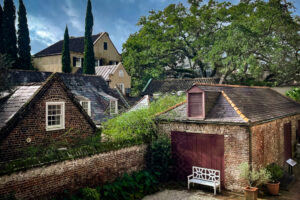
House of one of the four signers from South Carolina who signed the Declaration of Independence, this property has a collection of historic Charleston-made furniture as well as a public kitchen building dating back to the 1740s.
Nathaniel Russell House Museum

Take a tour of this famous historic house, built by wealthy shipping merchant Nathaniel Russell in 1808, this house is known for its free-flying three-story staircase and formal gardens.
Edmondston-Alston House

The Edmondston-Alston House was built in 1825 and features many items that are original to the house including art, silver, and furniture. It is one of the oldest homes along the Battery and has survived the Civil War, the Earthquake of 1886, and numerous hurricanes.
Tickets include admission to thirteen amazing sites and must be purchased at the Visitors Center. To get more information and a map of locations, click here for the official Museum Mile website.



